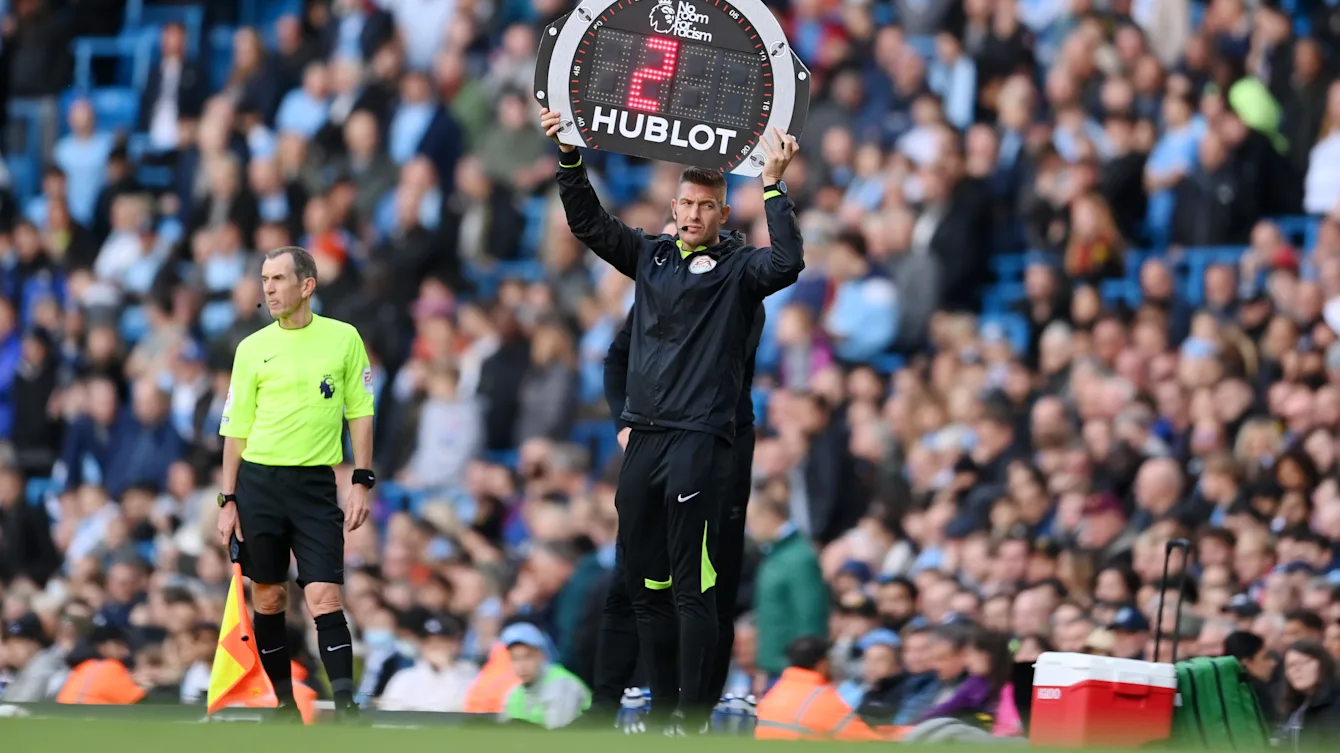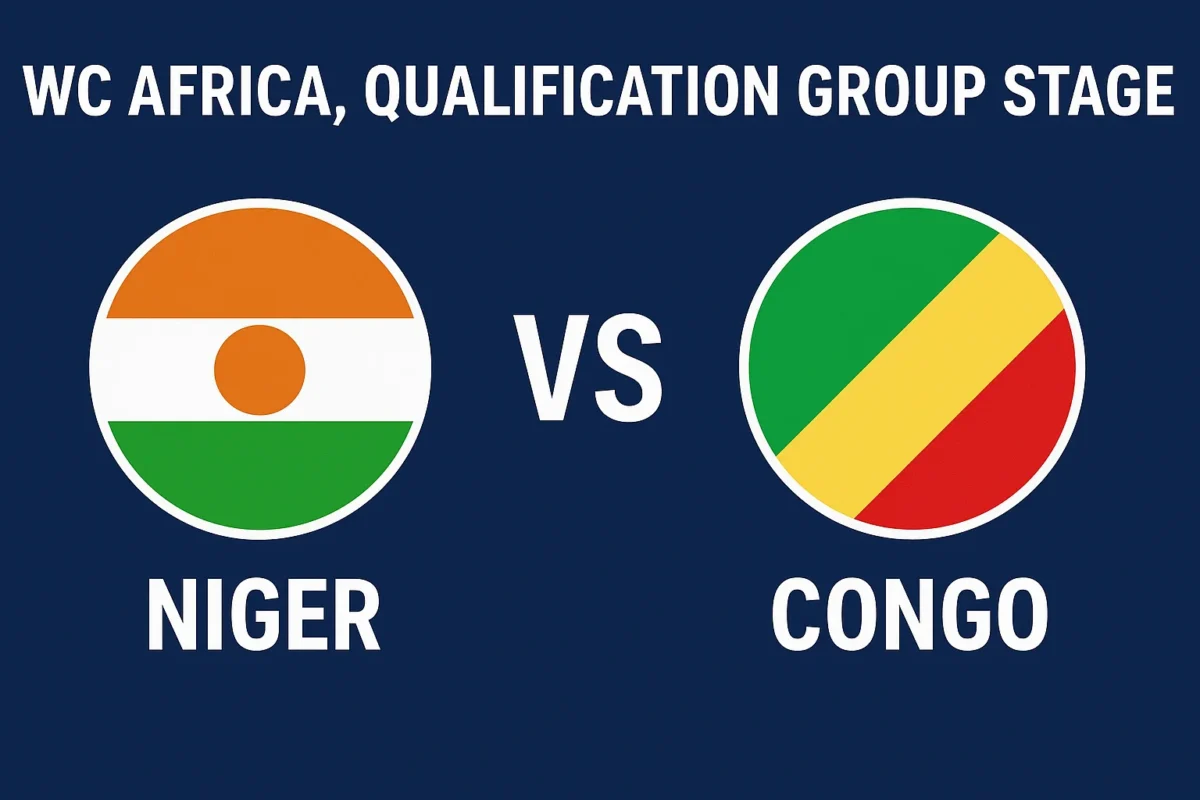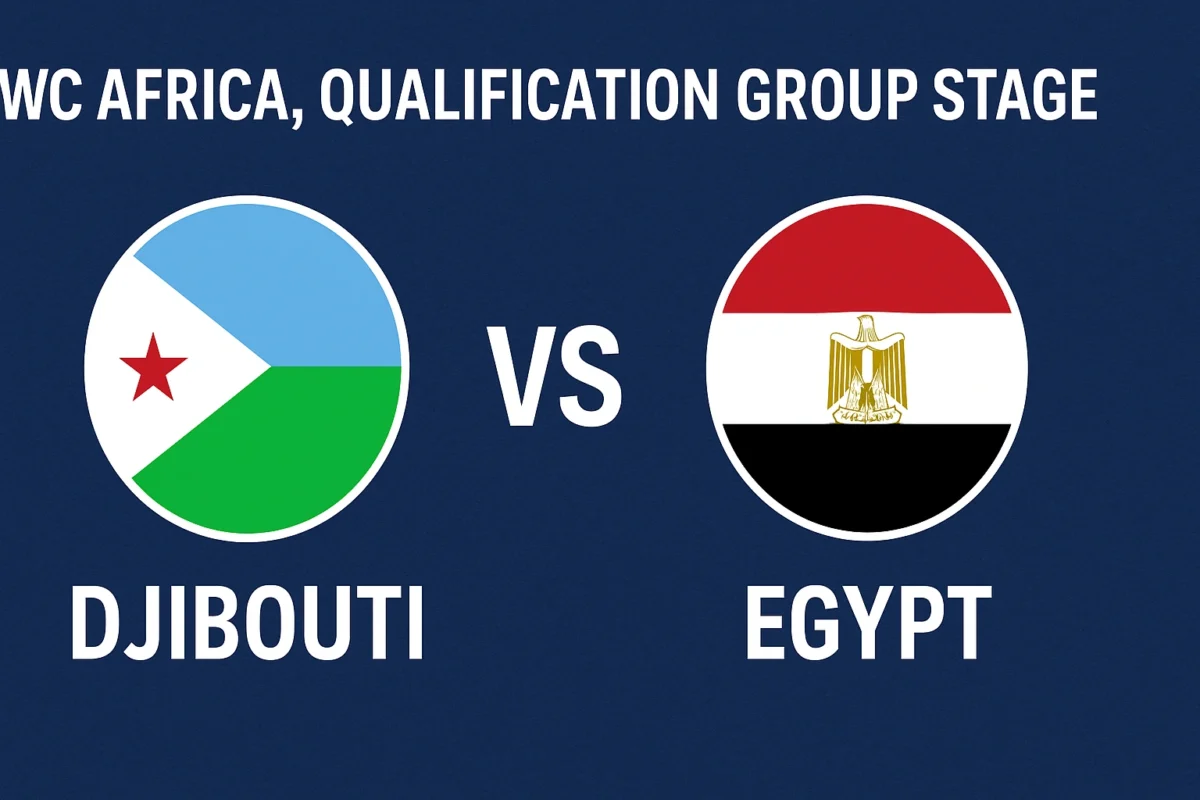Extra Time Explained: How Long Is It in Football?

Football, or soccer as it’s known in some parts of the world, is a sport famous for its nail-biting finishes and dramatic moments. While most matches are settled within the regulation 90 minutes, some contests require additional playing time known as extra time. In this article, we will delve into the details of extra time in football, explaining how long it lasts and the significance it holds in the beautiful game.
What Is Extra Time?
Extra time is an extension of the standard 90-minute match duration, typically played when the score remains level at the end of regular time. It’s a vital element in various football competitions, including knockout rounds of tournaments such as the FIFA World Cup, UEFA Champions League, and domestic cup competitions like the FA Cup and Copa del Rey.
Difference between stoppage time and extra time
Stoppage time is a common occurrence at the end of each half in football matches, but extra time is distinctively introduced only after the full 90 minutes of regular play, including stoppage time, have elapsed, and the scores remain level.
Extra time, typically spanning 30 minutes, is split into two halves of 15 minutes each. It is a feature mainly reserved for knockout-stage matches.
In cases where the scores are still tied after the conclusion of extra time, the game is settled through a penalty shootout. This involves a series of five rounds of penalty kicks, with each team taking turns to attempt them.
Duration of Extra Time
In professional football, extra time usually consists of two halves, each lasting 15 minutes. This makes a total of 30 additional minutes of play. However, the rules can vary slightly in different competitions and levels of the game.
- Golden Goal or Silver Goal: Historically, FIFA used a “Golden Goal” rule where the team that scored first during extra time would win the match. Later, this was replaced with the “Silver Goal” rule, where the team leading at the halfway point of extra time would be declared the winner. However, both of these rules are no longer in use in top-level football.
- Penalty Shootout: If the score remains level after the full 30 minutes of extra time, the match is decided by a penalty shootout. This is a dramatic and tense way to settle the outcome of a game.
When Is Extra Time Used?
It is most commonly used in knockout-stage matches where a winner must be determined to advance in the competition. In league matches, such as the English Premier League or La Liga, a draw typically results in both teams earning one point each, and extra time is not used to determine a winner.
Significance of Extra Time
Extra time adds an extra layer of excitement and tension to football matches. It’s an opportunity for teams to break the deadlock and progress to the next round of a tournament. Players need to display physical and mental resilience, as fatigue often plays a significant role in extra time. Coaches may make tactical adjustments, and fans hold their breath as the drama unfolds on the field.
Why Extra Time in FIFA World Cup 2022 was Longer
The FIFA World Cup 2022 in Qatar has brought with it some unusually extended football matches, and it’s all due to the introduction of additional stoppage time. Several games have witnessed more than eight minutes of injury time, a notable increase from the typical four to five minutes.
The Reason Behind the Longer Added Time
The reason for this adjustment lies in FIFA’s new policy aimed at curbing time-wasting during matches. FIFA’s Referees Committee Chairman, Pierluigi Collina, explained, “We recommended our referees to be very accurate in calculating the time to be added at the end of each half to compensate for time lost due to a specific kind of incident.”
Collina went on to clarify the objective, saying, “What we want to avoid is to have a match with 42, 43, 44, 45 minutes of active play. This is not acceptable. Whenever there will be an incident like an injury treatment, substitution slot, penalty kick, red card, or celebration of a goal – I want to underline that because it is a moment of joy for one team, for the other maybe not – but it may last one or one and a half minutes. So imagine in a half there are two or three goals scored, and it’s easy to lose five or six minutes, and this time must be compensated at the end.”
This move aims to maintain fairness and ensure that the duration of a football match accurately reflects the time of actual play.
[Recommended: Exploring Emirates Stadium: A Tour of the Iconic Home of Arsenal]
The History of Deciding Drawn Matches in Football
Historically, football had various methods for deciding matches that ended in draws, especially in knockout competitions. One such system was the coin toss, where if a game was level after 120 minutes of play, it would be replayed or, in some cases, decided by a coin toss. However, this method was far from ideal and resulted in some controversial outcomes, such as Italy winning the 1968 European Championship via a coin toss.
In 1970, following such incidents, FIFA introduced the penalty shootout as the primary means of resolving drawn matches, and this method remains in use today. It marked a significant improvement over the coin toss, as it allowed players to decide the outcome with their skills, rather than relying on luck.
The Introduction of Golden and Silver Goals
Subsequently, FIFA also introduced the concepts of the “golden goal” and “silver goal.” The golden goal system mandated that if a team scored during extra time, the game would immediately end, and the scoring team would be declared the winner. Conversely, the silver goal system allowed the first 15 minutes of extra time to be played, and if a team was leading at that point, they would be declared the winner, without playing the full 30 minutes of extra time. These systems aimed to reduce the possibility of matches going to a penalty shootout.
The Abandonment of Golden and Silver Goals
However, both the golden and silver goal rules were eventually scrapped in 2004 due to concerns about teams playing defensively to avoid conceding a goal, which resulted in matches ending prematurely.
In contemporary football, extra time consists of two 15-minute halves played regardless of the score. If the scores are still level after this additional 30 minutes, the match proceeds to a penalty shootout.
The Role of Penalty Shootouts
Penalty shootouts are considered by some to be a lottery, as even the best players can sometimes miss, influenced by fatigue or pressure. Nevertheless, they are widely accepted as a fair way to decide the outcome of a football match.
Also, check Kaizer Chiefs Fixtures, Results, Top Players 2023 to 2024
Conclusion
In summary, extra time and added time are distinct concepts in football. Added time, also known as injury time, is tacked onto the end of each half of a regular match to account for stoppages. Extra time, on the other hand, is an extension of play when a match remains level after the regulation 90 minutes. If the two sides are still tied after extra time, the match is usually resolved through a penalty shootout, which involves players attempting to score from the penalty spot.
Various alternatives have been explored throughout football’s history to avoid drawn matches, including the coin toss, golden and silver goals, and replays in cup competitions. However, most of these methods have been replaced by the penalty shootout, which remains the primary way to determine a winner in a tied match.
One recent development to note is the increase in the number of allowed substitutions in UEFA competitions, such as the Champions League, which can be particularly useful in extra time scenarios to manage player fatigue.
In football, extra time is the bridge between a drawn match and a decisive outcome. It offers players and teams a chance to seize victory when everything is on the line. Understanding that extra time consists of two 15-minute halves can enhance your appreciation for the sport’s complexities. So, the next time you’re watching a football match, you’ll know exactly how long extra time lasts and the significance it carries in the world’s most popular sport.





